How to master the beautiful osmosis of conscious and unconscious, voluntary and involuntary, deliberate and serendipitous.
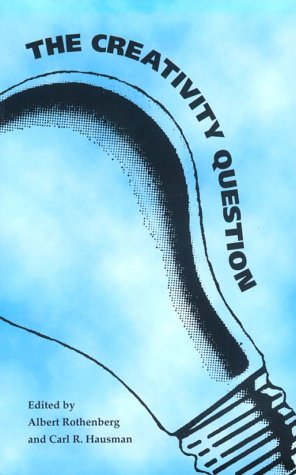 In 1926, thirteen years before James Webb Young’s Technique for Producing Ideas and more than three decades before Arthur Koestler’s seminal “bisociation” theory of how creativity works, English social psychologist and London School of Economics co-founder Graham Wallas, sixty-eight at the time, penned The Art of Thought
— an insightful theory outlining the four stages of the creative
process, based both on his own empirical observations and on the
accounts of famous inventors and polymaths. Though, sadly, the book is
long out of print, with surviving copies sold for a fortune and available in a few public libraries, the gist of Wallas’s model has been preserved in a chapter of the 1976 treasure The Creativity Question (public library)
— an invaluable selection of meditations on and approaches to
creativity by some of history’s greatest minds, compiled by psychiatrist
Albert Rothenberg and philosopher Carl R. Hausman, reminiscent of the
1942 gem An Anatomy of Inspiration.
In 1926, thirteen years before James Webb Young’s Technique for Producing Ideas and more than three decades before Arthur Koestler’s seminal “bisociation” theory of how creativity works, English social psychologist and London School of Economics co-founder Graham Wallas, sixty-eight at the time, penned The Art of Thought
— an insightful theory outlining the four stages of the creative
process, based both on his own empirical observations and on the
accounts of famous inventors and polymaths. Though, sadly, the book is
long out of print, with surviving copies sold for a fortune and available in a few public libraries, the gist of Wallas’s model has been preserved in a chapter of the 1976 treasure The Creativity Question (public library)
— an invaluable selection of meditations on and approaches to
creativity by some of history’s greatest minds, compiled by psychiatrist
Albert Rothenberg and philosopher Carl R. Hausman, reminiscent of the
1942 gem An Anatomy of Inspiration.Wallas outlines four stages of the creative process — preparation, incubation, illumination, and verification — dancing in a delicate osmosis of conscious and unconscious work. These phases, which literary legend Michael Cowley would come to parallel in his 1958 model of the four stages of writing, go as follows:
1. PREPARATION
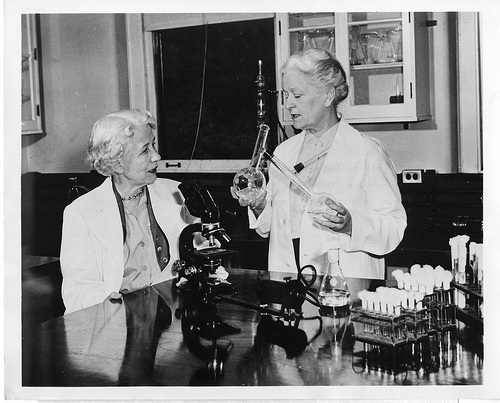
During the preparation stage, the problem is “investigated in all directions” as the thinker readies the mental soil for the sowing of the seeds. It’s the accumulation of intellectual resources out of which to construct the new ideas. It is fully conscious and entails part research, part planning, part entering the right frame of mind and attention. Wallas writes:
The educated man has, again, learnt, and can, in the Preparation stage, voluntarily or habitually follow out, rules as to the order in which he shall direct his attention to successive elements.
2. INCUBATION
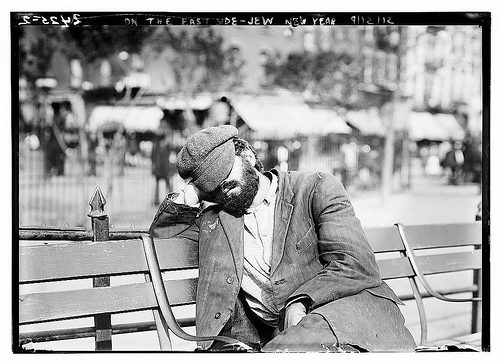
Next comes a period of unconscious processing, during which no direct effort is exerted upon the problem at hand — this is where the “combinatory play” that marked Einstein’s thought takes place. Wallas notes that the stage has two divergent elements — the “negative fact” that during Incubation we don’t consciously deliberate on a particular problem, and the “positive fact” of a series of unconscious, involuntary (or, as he terms it, “foreconscious” and “forevoluntary”) mental events taking place. He writes:
Voluntary abstention from conscious thought on any problem may, itself, take two forms: the period of abstention may be spent either in conscious mental work on other problems, or in a relaxation from all conscious mental work. The first kind of Incubation economizes time, and is therefore often the better.T. S. Eliot would come to echo the value of incubation seven years later in his own meditation on the role of idea-incubation in the creative process, as would many other great minds: Alexander Graham Bell, for all his deliberate dedication, spoke of the power of “unconscious cerebration” and Lewis Carroll advocated for the importance of mental “mastication.”
Wallas proposes a technique for optimizing the fruits of the Incubation stage — something our modern-day psychology of productivity would come to confirm — by deliberately building interruptions of concentrated effort into our workflow:
We can often get more result in the same way by beginning several problems in succession, and voluntarily leaving them unfinished while we turn to others, than by finishing our work on each problem at one sitting.
3. ILLUMINATION
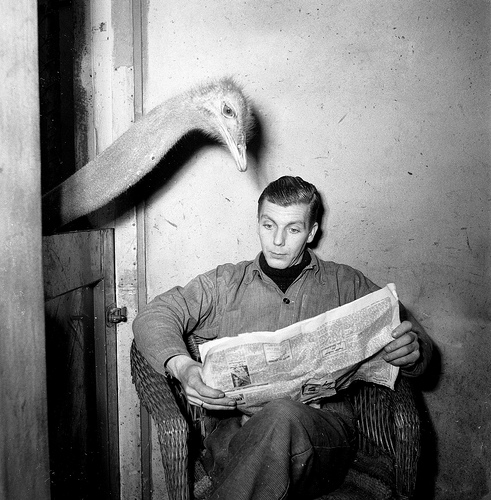
Following Incubation is the Illumination stage, which Wallas based on French polymath Henri Poincaré’s concept of “sudden illumination” — that flash of insight that the conscious self can’t will and the subliminal self can only welcome once all elements gathered during the Preparation stage have floated freely around during Incubation and are now ready to click into an illuminating new formation. It is the moment beloved graphic designer Paula Scher likens to the winning alignment of a slot machine, the same kind of “chance-opportunism” masquerading as serendipity that fuels much of scientific discovery.
But, Wallas admonishes, this Illumination can’t be forced:
If we so define the Illumination stage as to restrict it to this instantaneous “flash,” it is obvious that we cannot influence it by a direct effort of will; because we can only bring our will to bear upon psychological events which last for an appreciable time. On the other hand, the final “flash,” or “click” … is the culmination of a successful train of association, which may have lasted for an appreciable time, and which has probably been preceded by a series of tentative and unsuccessful trains. The series of unsuccessful trains of association may last for periods varying from a few seconds to several hours.Decades later, the great science communicator and MacArthur “genius” Stephen Jay Gould would come to concur that such “trains of association” — connections between the seemingly unconnected — are the secret of genius.
[…]
Sometimes the successful train seems to consist of a single leap of association, or of successive leaps which are so rapid as to be almost instantaneous.
4. VERIFICATION
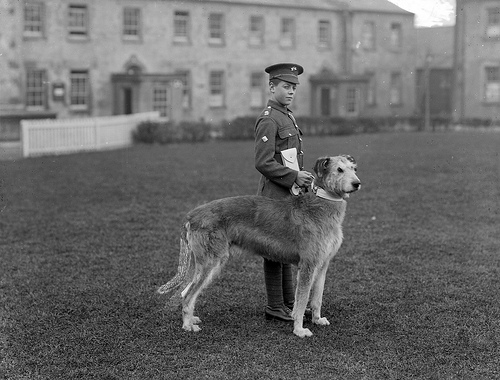
The last stage, unlike the second and the third, shares with the first a conscious and deliberate effort in the way of testing the validity of the idea and reducing the idea itself to an exact form. Once again borrowing from Poincaré’s pioneering theories, Wallas cites the French polymath:
It never happens that unconscious work supplies ready-made the result of a lengthy calculation in which we only have to apply fixed rules. … All that we can hope from these inspirations, which are the fruit of unconscious work, is to obtain points of departure for such calculations. As for the calculations themselves, they must be made in the second period of conscious work which follows the inspiration, and in which the results of the inspiration are verified and the consequences deduced. … They demand discipline, attention, will, and consequently, conscious work.But perhaps most important of all is the interplay of the stages and the fact that none of them exists in isolation from the rest, for the mechanism of creativity is a complex machine of innumerable, perpetually moving parts. Wallas notes:
In the daily stream of thought these four different stages constantly overlap each other as we explore different problems. An economist reading a Blue Book, a physiologist watching an experiment, or a business man going through his morning’s letters, may at the same time be “incubating” on a problem which he proposed to himself a few days ago, be accumulating knowledge in “preparation” for a second problem, and be “verifying” his conclusions on a third problem. Even in exploring the same problem, the mind may be unconsciously incubating on one aspect of it, while it is consciously employed in preparing for or verifying another aspect. And it must always be remembered that much very important thinking, done for instance by a poet exploring his own memories, or by a man trying to see clearly his emotional relation to his country or his party, resembles musical composition in that the stages leading to success are not very easily fitted into a “problem and solution” scheme. Yet, even when success in thought means the creation of something felt to be beautiful and true rather than the solution of a prescribed problem, the four stages of Preparation, Incubation, Illumination, and the Verification of the final result can generally be distinguished from each other.The Creativity Question is altogether indispensable and enormously enriching in its entirety, the kind of book you return to again and again. Complement it with this 1939 creative catalyst and its modern-day counterpart.
Public domain images via Flickr Commons
Donating = Loving
Bringing you (ad-free) Brain Pickings takes hundreds of hours each month. If you find any joy and stimulation here, please consider becoming a Supporting Member with a recurring monthly donation of your choosing, between a cup of tea and a good dinner:

No hay comentarios.:
Publicar un comentario